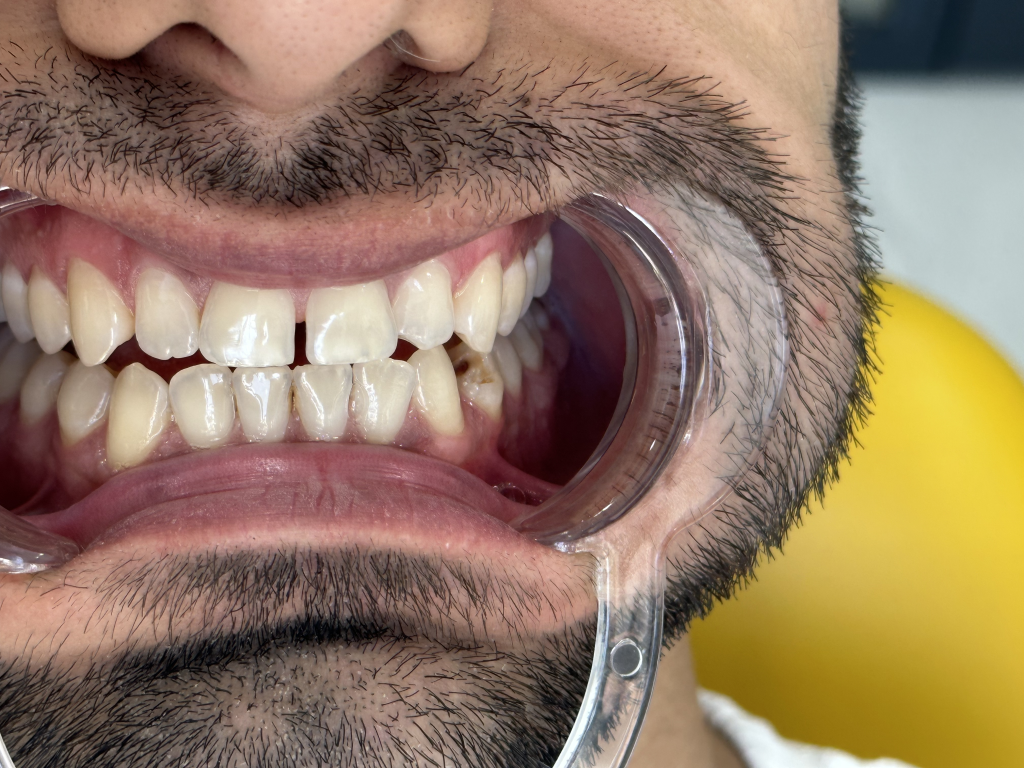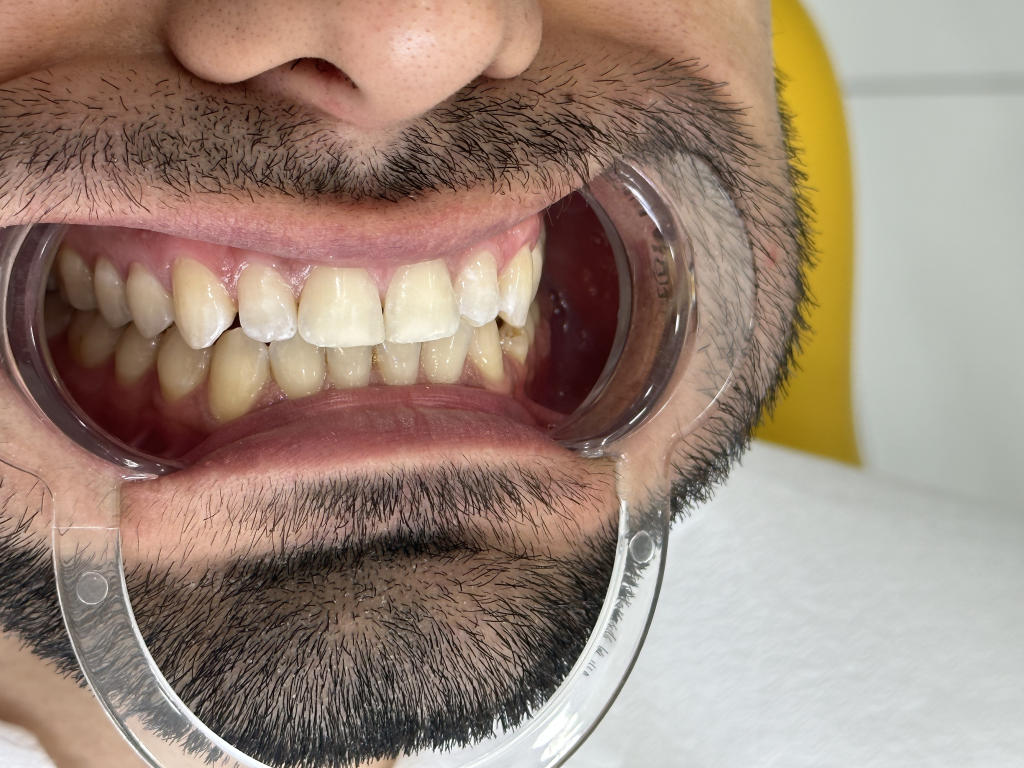Aesthetic Filling
You can see what you wonder about aesthetic filling on this page.
Aesthetic Filling
Dental filling is a dental treatment method used to repair tooth damage caused by caries, fractures or other reasons and to restore the function of the tooth. This treatment is carried out by applying a special filling material to the removed area following the removal of degraded or damaged tooth tissue. Dental filling can help the tooth regain its strength while also providing an aesthetic appearance.
Dental filling application may include the following steps:
- Anaesthesia Application: Local anaesthesia is first applied to prevent pain or discomfort in the treatment area.
- Cleaning the Damaged Area: Decayed or damaged tooth tissue is carefully cleaned. This step ensures that the healthy tissues of the tooth are protected.
- Application of Filling Material: The appropriate filling material is placed in the cleaned area. The filling material can be selected in a colour close to the colour of the tooth and thus a natural appearance can be achieved.
- Shaping and Hardening: The filling material is corrected and placed according to the shape of the tooth. It is then hardened using a special light or laser.
- Final Touches: After the filling process is completed, the excess is removed if necessary and the colour matching of the tooth’s natural heat and temperature is adjusted.


Dental filling is a dental treatment method used to repair tooth damage caused by caries, fractures or other reasons and to restore the function of the tooth. This treatment is carried out by applying a special filling material to the removed area following the removal of degraded or damaged tooth tissue. Dental filling can help the tooth regain its strength while also providing an aesthetic appearance.
Dental filling application may include the following steps:
- Anaesthesia: Local anaesthesia is first applied to prevent pain or discomfort in the treatment area.
- Cleaning the Damaged Area: Decayed or damaged tooth tissue is carefully removed. This step ensures that the healthy tissues of the tooth are protected.
- Application of Filling Material: The appropriate filling material is placed in the cleaned area. The filling material can be selected in a colour close to the colour of the tooth and thus a natural appearance can be achieved.
- Shaping and Hardening: The filling material is corrected and placed according to the shape of the tooth. It is then hardened using a special light or laser.
- Final Touches: After the filling process is completed, the excess is removed if necessary and the colour matching of the tooth’s natural heat and temperature is adjusted.
Different Filling Materials:
Different materials can be used for dental filling. The most common among these materials are:
- Amalgam Fillings: It is a silver-coloured and durable material. It is usually used in the back teeth.
- Composite Fillings: They are composite materials that can be coloured according to the tooth colour. It is especially preferred for front teeth.
- Ceramic Fillings: It is one of the filling materials that give the best results in terms of aesthetics. It provides a colour and texture close to the natural tooth colour.
- Gold Fillings: It is durable and long-lasting. However, aesthetically, it may be more prominent than other materials.
Dental filling is a common method to repair a damaged tooth and treat a decayed area. Your dentist will determine the most suitable filling material according to the condition and needs of the tooth, helping to achieve a healthy mouth structure and a natural appearance.

